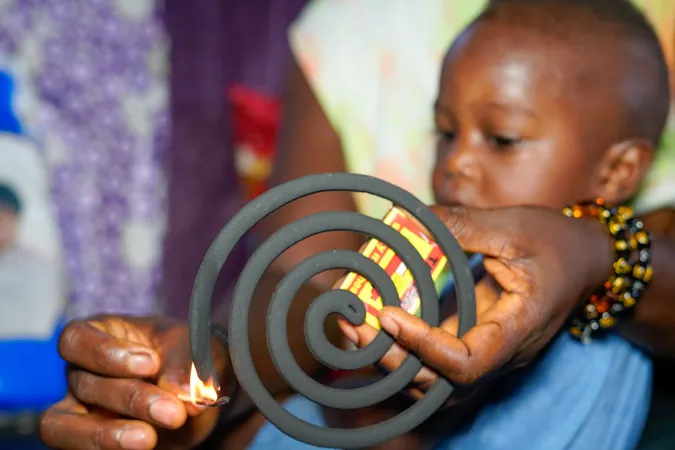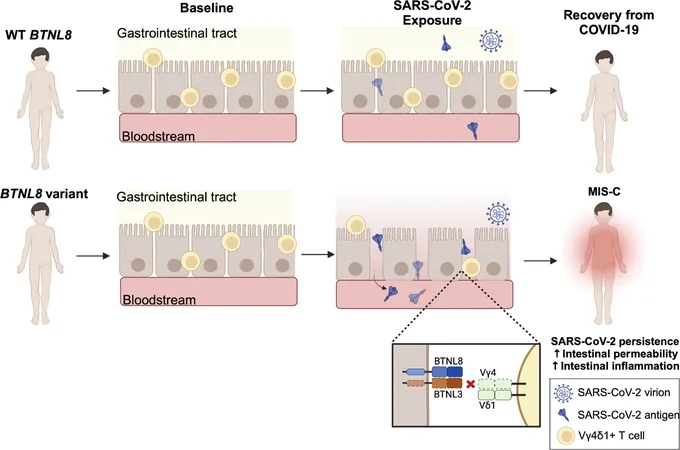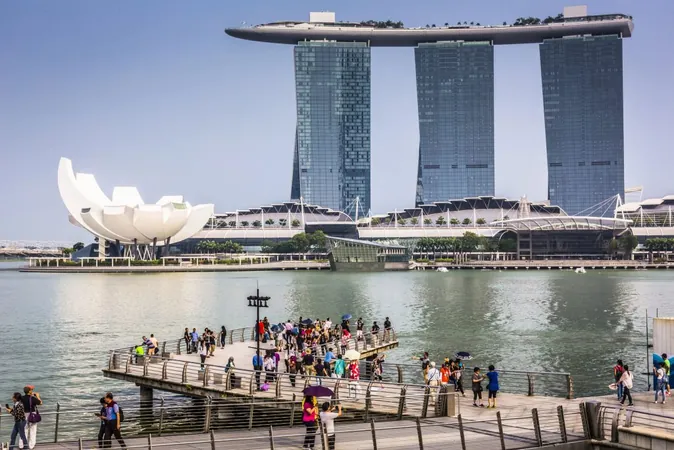
Africa's Urgent Battle Against Malaria Drug Resistance: A Ticking Time Bomb
2024-11-25
Author: John Tan
Deep in the picturesque hills of Rwanda's Bugesera district, life has changed dramatically for 50-year-old farmer Esther Urimubenshi.
Just a few years ago, the onset of the rainy season filled her with dread, heralding the return of malaria. In 2016 alone, Esther suffered from the disease three times within two months, a dark chapter in her life that left her bedridden and unable to care for her family or crops.
However, thanks to Rwanda’s extensive malaria prevention and treatment initiatives, Esther hasn’t encountered the disease in years. Unfortunately, the gains made in the fight against malaria could be reversed by as soon as 2030. The emergence of drug-resistant malaria parasites threatens to render traditional treatments ineffective. Experts predict a dire future where up to 30% of malaria cases in high-burden nations like Rwanda, Uganda, and Kenya become untreatable in the next decade.
With Africa accounting for 95% of the global malaria burden, the stakes couldn’t be higher. The continent has an array of tools at its disposal against malaria—including insecticide-treated bed nets, insecticide spraying, and antimalarial medications—but access to these resources is often limited, particularly in the most affected areas.
The mosquitoes that transmit malaria are adapting, reproducing at unprecedented rates while conventional control measures lose their efficacy. Moreover, the specter of drug resistance looms large, exacerbated by climate change, which is creating warmer, wetter environments—ideal conditions for mosquito breeding.
The History of Resistance
The struggle against malaria has a long and storied history, characterized by alternating successes and setbacks. From 2000 to 2015, global malaria deaths saw a significant decline from 839,000 to 438,000. However, the World Health Organization (WHO) reported over 600,000 deaths from malaria in 2022, indicating a worrying upward trend.
Historically, the malaria parasite has demonstrated an unsettling ability to evolve and develop resistance against various drugs. Since the introduction of chloroquine in the 1940s, the parasites have continually adapted, always one step ahead of humanity’s efforts. Although artemisinin-based treatments emerged as a "wonder drug" in the early 1990s, signs of resistance to artemisinin have now surfaced in numerous African countries.
If these trends continue, millions could face treatable but escalating malaria infections. The WHO African Region recorded an estimated 233 million malaria cases in 2022, with a 94% concentration of infections globally. The urgent need for new strategies is clear.
The Alarm Bells of Resistance
The emergence of artemisinin resistance has accelerated in East Africa since first being documented in Rwanda in 2014. Now, mutations linked to resistance have spread to neighboring Ethiopia, Kenya, and Tanzania, with around 10% of cases in these countries caused by resistant strains. Some regions have reported resistance levels as high as 20%.
Experts urge immediate action to prevent a catastrophe, warning that if left unchecked, resistant malaria parasites could dominate infections within five years. The genetic markers of resistance, notably mutations in the Kelch13 gene, underscore the urgency of the situation. The consequences could be financially devastating, with estimates suggesting an additional $1 billion annual cost burden due to increased cases and fatalities.
Learning from Past Mistakes
The fight against malaria resistance has echoes of lessons learned from Southeast Asia, where similar resistance patterns unfolded over decades. Cambodian scientists first identified P. falciparum resistance to artemisinin in the 1990s, causing a region-wide crisis that resulted in widespread treatment failures by 2013.
In contrast, proactive measures and coordinated efforts to eliminate malaria transmission in Southeast Asia ultimately led to a dramatic decrease in malaria cases, emphasizing that early intervention is crucial for success. In Africa, the effects and indications of resistance remain less prominent, but should not be ignored.
A Call for Collective Action
Given the depth of the threat, a unified response across Africa is critical. The WHO has recommended immediate enhancements in surveillance and a diversification of treatment protocols to counter resistance effectively, including the use of multiple antimalarial drugs.
Countries like Rwanda and Tanzania are already taking notable steps: Rwanda is launching a drug resistance mitigation strategy that rotates treatment protocols annually over a three-year span, while Tanzania is poised to shift its treatment regimen in response to emerging resistance.
Though two promising malaria vaccines, RTS,S and R21, are in distribution, their ability to reduce infection rates significantly may take time. In the interim, investing in community health workers remains paramount; they play a key role in ensuring access to diagnostics and treatment across underserved regions.
The Future
As Africa grapples with the threat of malaria drug resistance, the role of local scientists and healthcare workers has never been more essential. With high stakes and an imminent deadline by 2030, collaborative efforts, innovative strategies, and renewed commitment are crucial in averting a return to the dark days of malaria's devastation. The message is clear: time is of the essence—and action is required now.



 Brasil (PT)
Brasil (PT)
 Canada (EN)
Canada (EN)
 Chile (ES)
Chile (ES)
 España (ES)
España (ES)
 France (FR)
France (FR)
 Hong Kong (EN)
Hong Kong (EN)
 Italia (IT)
Italia (IT)
 日本 (JA)
日本 (JA)
 Magyarország (HU)
Magyarország (HU)
 Norge (NO)
Norge (NO)
 Polska (PL)
Polska (PL)
 Schweiz (DE)
Schweiz (DE)
 Singapore (EN)
Singapore (EN)
 Sverige (SV)
Sverige (SV)
 Suomi (FI)
Suomi (FI)
 Türkiye (TR)
Türkiye (TR)